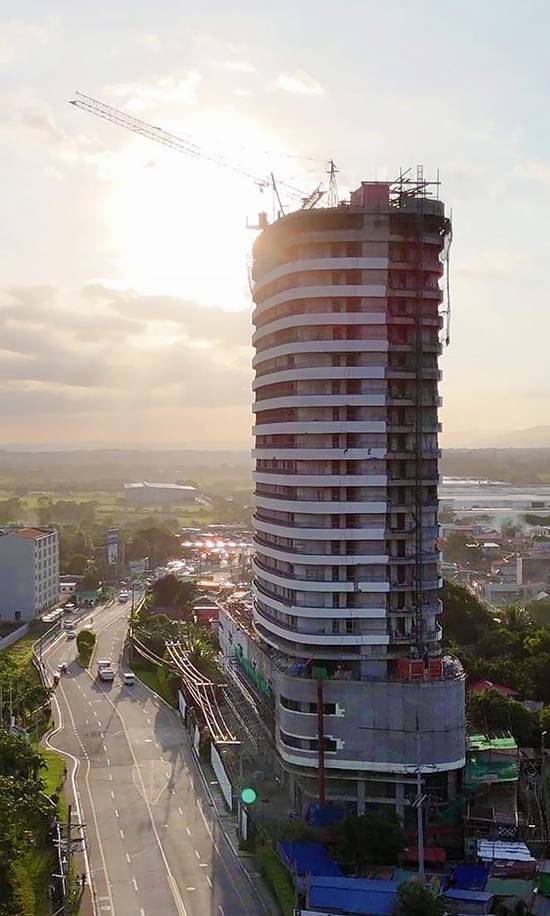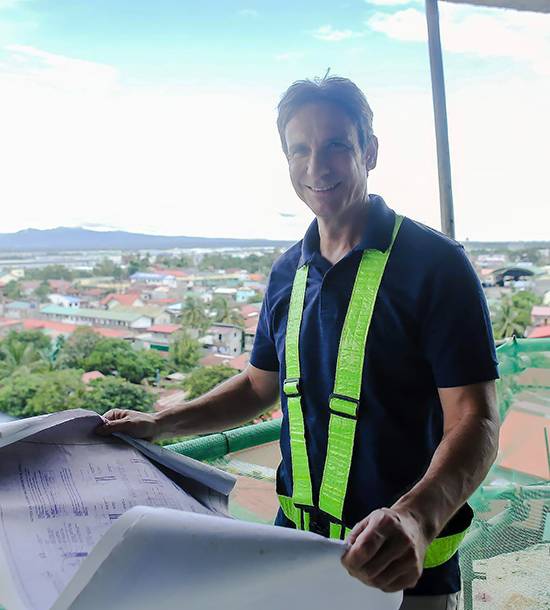Two weeks ago, the National Disaster Risk Reduction and Management Council (NDRRMC) and the Office of Civil Defense (OCD) conducted the quarterly Nationwide Simultaneous Earthquake Drill (NSED) to promote earthquake and disaster preparedness.
For the first quarter this year, Camp Aguinaldo, the country’s premier military facility, was chosen as the ceremonial center for the drill. It started at 9:00 a.m. with the rest of the country participating simultaneously in both government and private buildings.
The government, in partnership with the private sector, has conducted the quarterly activity for quite some time now and has helped raise public awareness about the need for preparedness, to mitigate the impact of a strong tremor should it occur, especially in Metro Manila.
The Philippines is situated along the Pacific “Ring of Fire” – close to tectonic plate boundaries. This is why we experience frequent seismic activity. According to the Philippine Institute of Volcanology and Seismology (PHIVOLCS), an earthquake occurs in the Philippines every 12 hours on average. In 2019, the PHIVOLCS detected 950 earthquakes with a magnitude of four or higher.

In Metro Manila, local government units (LGUs) have been preparing for the “Big One.” PHIVOLCS said it could happen at any time due to the Marikina Valley Fault System. The fault poses a threat of a large-scale earthquake with an estimated magnitude between 6–7 and as high as 7.6 to Metro Manila and surrounding provinces. Hence, the necessity of being alert and prepared.
Being concerned for both life and property, we recognize that such a seismic event could be devastating not only in terms of human casualties but also in terms of damage to homes, buildings, and infrastructure. Ensuring personal safety and safeguarding property are both critical when preparing for such emergencies.

Much has been shared about safety protocols during an earthquake. Since I am an architect and engaged in real estate property development, I would like to share some fundamental tips on ensuring that your investment is “earthquake-ready.”
Here is a checklist:
Construction date matters. If possible, opt for properties built after 2005. Why? The 2005 Revised Edition of the Implementing Rules and Regulations (IRR) of the National Building Code of the Philippines (NBCP), has ensured more strictly than previously, that structures adhere to safety standards, including earthquake resilience. Verify the construction date with the building management or property developer.
I am proud to say that all our projects at Italpinas Development Corporation (“IDC”) – past and present- faithfully adhere to the NBCP. We even go the extra mile to ensure that the quality of our projects is above the minimum standards specified in the Code and other related laws.
Our projects in Cagayan de Oro City, namely Primavera Residences and Primavera City, have withstood the back-to-back strong earthquakes in October 2019 that rocked Central and Eastern Mindanao, including CDO. Per inspection of our safety engineers, no damage on these properties was found in the aftermath of the earthquake. Unit owners can sleep soundly, knowing that their investments are solid.
IDC is proud that our property development projects are resilient to seismic events. For the past 15 years, there have been zero accidents in all our undertakings as we pursue our mission to transform the Philippines’ landscape with green buildings that are not only eco-friendly but also sturdy, beautiful, and enriching for everyday life.
Professional construction and repairs. Choose homes that were built, repaired, or remodeled by qualified professionals. Reputable developers invest in experts—civil engineers, architects, and land scientists—to ensure compliance with building codes and brand reputation.
Distance from fault lines. The Philippine Institute of Volcanology and Seismology (Phivolcs) recommends avoiding construction within five meters on each side of a fault trace, or a total width of 10 meters. Check if your property is within the recommended distance. Phivolcs provides detailed maps showing fault lines. Being farther from fault lines reduces risk.
Structural soundness. Look for certification or evidence that the property meets structural safety standards. A well-built foundation, reinforced walls, and the use of proper materials contribute to earthquake resistance.
Location matters. Consider the geographical location. Some areas are more prone to seismic activity than others. Research the seismic hazard level of the neighborhood.
Company reputation. Investigate the developer’s history and credibility. Established developers prioritize safety and quality. Their past performance matters.
Physical appearance. Inspect the property visually. Signs of good structural integrity include well-maintained walls, columns, and beams.
While we cannot prevent earthquakes, we can mitigate their impact by choosing investments wisely and ensuring that our homes are designed to withstand seismic forces. In our pursuit of safety, informed decisions and resilient home designs become our strongest allies against the unpredictable forces of nature. Build safe, stay safe!
